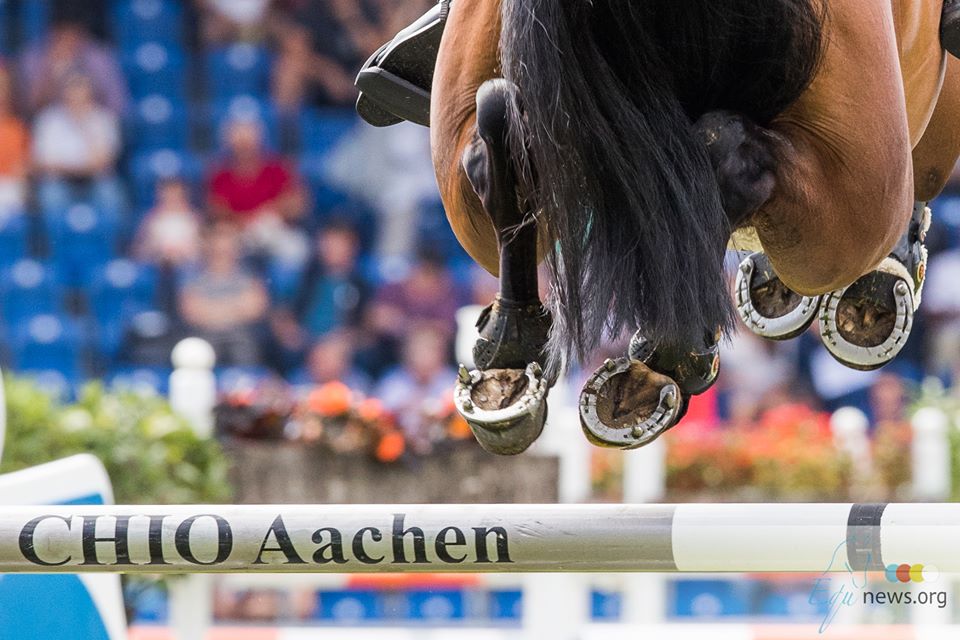The FEI jumping Committee has send out a letter to the Nations Federations in which it proposed several changes tot he Jumping rules. Including the so-called 'Blood rule' as well as the regulations on the hind boots. The 'blood-rule': The FEI Jumping Committee suggests to changes the rules as follows: Jumping Rules art. 241 (3.30) – Elimination: Blood on the horse’s flank caused unintentionally by the athlete’s leg will be penalised by elimination; minor cases of blood on the flank will not incur elimination. Jumping Rules art. 242 (3.1 and 3.2) – Disqualification: Marks and/or blood on the horse’s flank as a result of an excessive use of the spur(s) will be penalised by disqualification. Use of hind boots: The FEI Jumping Committee suggests to changes the rules as follows: Jumping Rules art. 257 (2.5) – Saddlery (hind boots): It is proposed to introduce, as of 1/1/2019 over a period of three years, restrictions on the type of hind boots that may be used, that is, as of the timelines indicated below, only boots used solely for protective purposes, as described in the Jumping Stewards’ Manual, may be used: As of 1/1/2019: the restriction will apply to Pony Riders, Children, Amateur Owners, Veterans. As of 1/1/2020: the restriction will apply to U25, Young Riders and Juniors. As of 1/1/2021: the restriction will apply to all categories. In regards to the proposed rule changes on the use of hind boots, the letter to the National Federation reads: "The Committee’s rationale for proposing the above restrictions is the consensus that certain types of boots affect the performance of the horse. This has consequences on the sport itself as well as on the equine industry, particularly the breeding industry. Course Designers find it more and more difficult to build challenging courses within the rules, given the ever increasing number of clear rounds at the highest level. The sport does not do itself justice in allowing equipment that misleads stakeholders about the innate capabilities of a horse; the Committee therefore feels a responsibility to protect the integrity of sport." The water jump: The FEI Jumping Committee suggests to changes the rules as follows: Jumping Rules art. 211 – Water jump: The lath defining the landing side of the obstacle is to be placed in the water jump, rather than on the ground, so that horses that clear the water jump are not penalised by a fault. Cut-off score in Table A competitions: The FEI Jumping Committee suggests to changes the rules as follows: Jumping Rules art. 236 – Table A: A cut-off score of 16 penalties has been included as an option that may be used, providing it is clearly stated in the competition details included in the schedule. The penalty to be applied for reaching the score of 16 penalties in a round is elimination. CSI Invitation Rules: As to Annex V in the Jumping Rules that regulates CSI Invitation Rules, the letter from the FEI Jumping Committe reads: "Further to extensive consultation with a number of NFs and other stakeholder groups represented in a Working Group appointed by the FEI following the Sports Forum, the Jumping Committee has revised the CSI Invitation Rules. The proposed quotas for athletes invited from the top of the Longines Ranking, home athletes selected by the host NF and OC invitations are the following:
FEI Jumping Committee: "A Little Blood no longer equals disqualification"
-
categories:

